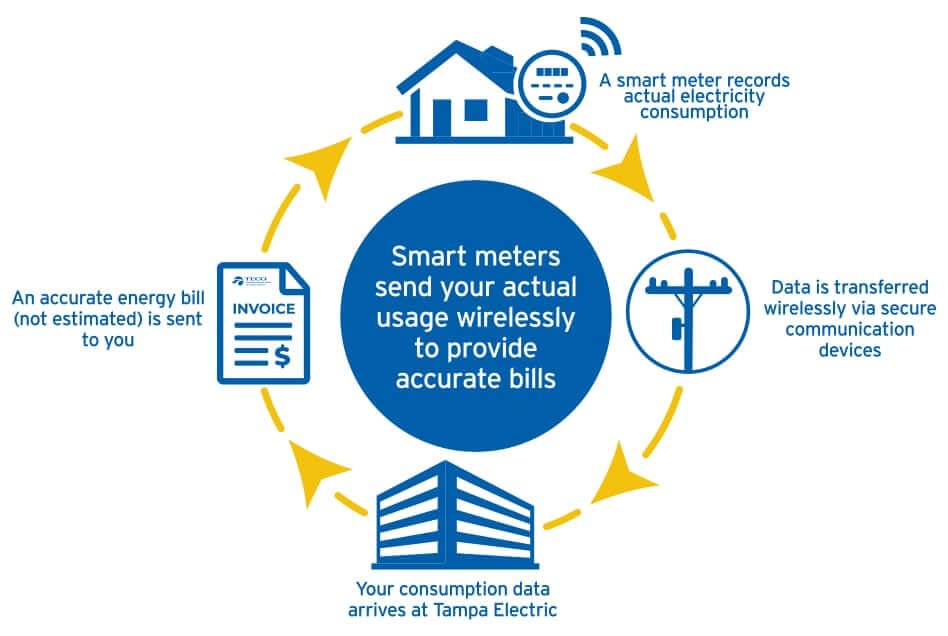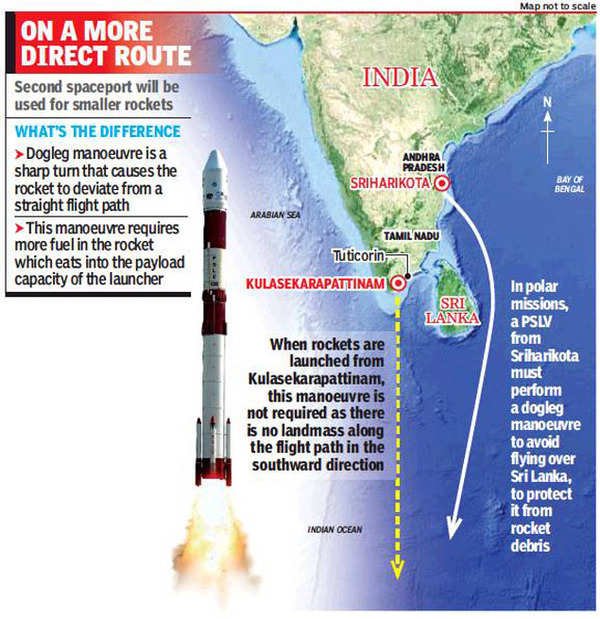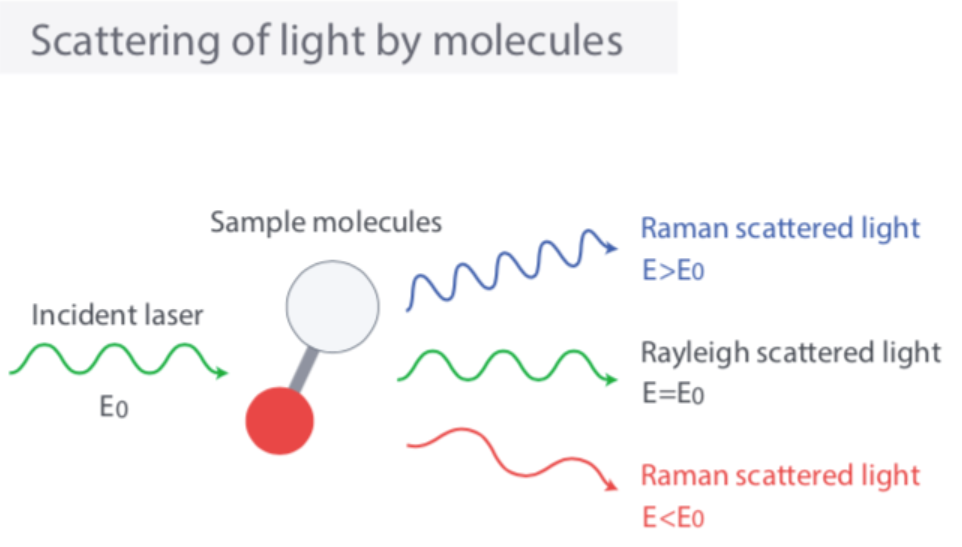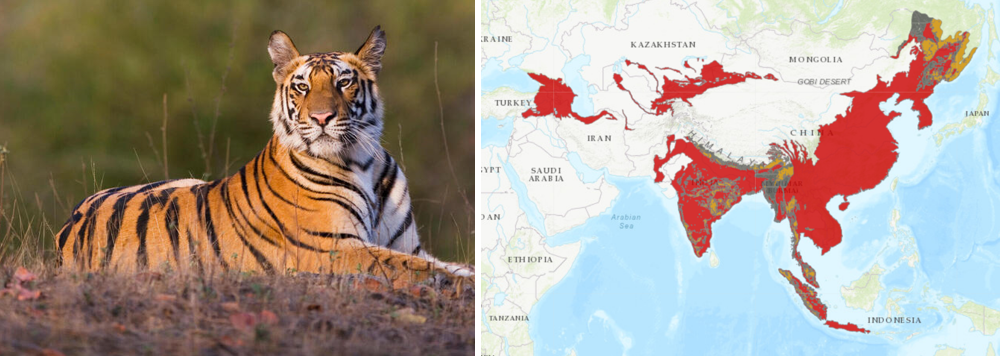
Reducing Carbon Footprint of Agrifood Systems
Subscribers of "Current Affairs" course can Download Daily Current Affairs in PDF/DOC
Subscribe to Never Miss an Important Update! Assured Discounts on New Products!
Must Join PMF IAS Telegram Channel & PMF IAS History Telegram Channel
- Context (DTE): The World Bank recently released a report titled Recipe for a Livable Planet: Achieving Net Zero Emissions in the Agrifood System.
- As per the report, the agrifood system remains an untapped climate change solution.
Agrifood System Emissions: A Global and Indian Perspective
- Global: The agri-food system emits about 16 gigatonnes of greenhouse gases (GHG) annually (equal to one-third of all global emissions).
- India
- 60% of emissions from agri-food systems originate from the farm gate, with enteric fermentation from the livestock sector being the largest contributor.
- Emission from rice production is 4% due to India’s high rice production volume.
- India ranks high in total emissions but lower in per capita emissions.
- Despite having roughly four times the population of the US, India emits only 30% more GHG.
- India’s low-carbon diets and pervasive poverty contribute to lower per capita emissions.
- High-income countries tend to have the highest per capita agrifood system emissions.
|
Suggestions to reduce emissions from agri-food system
High-income countries
- Support low & middle-income countries in adopting low-emission farming methods and technologies, including assisting with forest conservation programs that generate carbon credits.
- Shift subsidies away from high-emitting food sources.
Middle-income countries
- Implement greener practices such as reducing emissions from livestock and rice, investing in healthy soils, and minimising food loss and waste.
- Shifting to sustainable land use practices can reduce one-third of the world’s agrifood emissions.
Low-income countries
- Adoption of climate-smart opportunities.
- Preserving & restoring forests in low-income countries, as over half of their agrifood emissions come from forest clearing for food production.
India specific recommendations
- Replacing 25% of India’s 8.8 million diesel irrigation pumps with solar pumps could reduce agrifood emissions by 11.5 million tonnes annually. This reduction is more than double the 5 million tonnes of global emissions prevented by electric vehicles and solar panels in 2020.
Finance
- A $260 billion investment is needed to halve emissions by 2030 and reach Net Zero by 2050. Cutting down wasteful agricultural subsidies can help finance some of these investments.




![PMF IAS Environment for UPSC 2022-23 [paperback] PMF IAS [Nov 30, 2021]…](https://pmfias.b-cdn.net/wp-content/uploads/2024/04/pmfiasenvironmentforupsc2022-23paperbackpmfiasnov302021.jpg)











